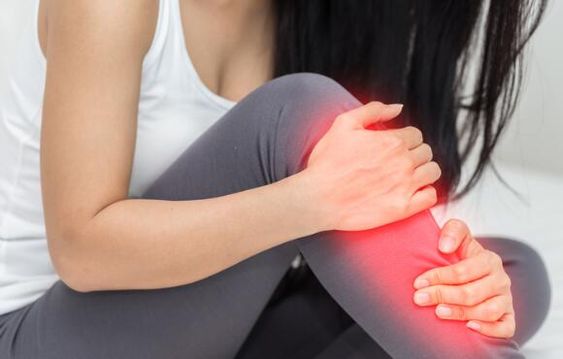Introduction:
Shin splints, medically known as medial tibial stress syndrome (MTSS), are a common complaint among runners and athletes. This condition causes pain along the inner edge of the shinbone (tibia), typically brought on by overuse or repetitive stress on the lower legs. While the pain can be debilitating, understanding the causes, symptoms, and treatment options for shin splints can help you get back on track and prevent future occurrences.

This comprehensive guide delves into the intricacies of shin splints, providing valuable insights into the condition's origins, how to identify its presence, and effective strategies for treatment and prevention.
Causes of Shin Splints:
Several factors can contribute to the development of shin splints, including:
- Overpronation: When your foot rolls inward excessively with each step, it increases the strain on the muscles and tendons surrounding the shinbone.
- High-impact activities: Activities like running, dancing, or jumping put repetitive stress on the lower legs, making individuals more susceptible to shin splints.
- Improper footwear: Shoes lacking adequate support or cushioning can exacerbate stress on the shins.
- Sudden increases in training intensity: Rapidly increasing the duration, frequency, or intensity of workouts can overload the lower leg muscles.
- Weak muscles: Weakness in the calf muscles, anterior tibialis, or foot muscles can lead to imbalances and increase the risk of shin splints.
Symptoms of Shin Splints:
Recognizing the symptoms of shin splints is crucial for early intervention. Common signs include:
- Pain along the inner edge of the shinbone: This pain typically worsens during or after exercise.
- Tenderness to touch along the shinbone: The affected area may feel sore when pressure is applied.
- Mild swelling in the lower leg: Some individuals may experience slight swelling around the shin.
- Numbness or tingling in the feet: In some cases, shin splints can cause nerve compression, leading to numbness or tingling.
Treatment for Shin Splints:
Treating shin splints involves reducing inflammation and allowing the affected tissues to heal. Here are some common treatment approaches:
- Rest: Reducing or temporarily stopping activities that aggravate the pain is crucial for healing.
- Ice: Applying ice packs to the affected area for 15-20 minutes at a time can help reduce inflammation.
- Compression: Using compression bandages can help minimize swelling and provide support.
- Over-the-counter pain relievers: Nonsteroidal anti-inflammatory drugs (NSAIDs) like ibuprofen can alleviate pain and inflammation.
- Physical therapy: A physical therapist can guide you through exercises to strengthen and stretch the lower leg muscles, improving flexibility and reducing stress on the shins.
Preventing Shin Splints:
Taking preventive measures can significantly reduce your risk of developing shin splints:
- Gradual increase in training intensity: Avoid sudden increases in mileage or workout intensity. Increase training volume gradually to allow your body to adapt.
- Proper footwear: Invest in supportive and well-cushioned shoes that suit your foot type and activity.
- Regular stretching: Stretching the calf muscles, anterior tibialis, and plantar fascia can enhance flexibility and prevent muscle imbalances.
- Strength training: Incorporate exercises that strengthen the lower leg muscles to improve shock absorption and support.
- Cross-training: Engaging in low-impact activities like swimming or cycling can maintain fitness while reducing stress on the shins.





